Heal thyself
Academic and industry researchers are looking for new ways to treat neurodegeneration by recycling bad proteins.
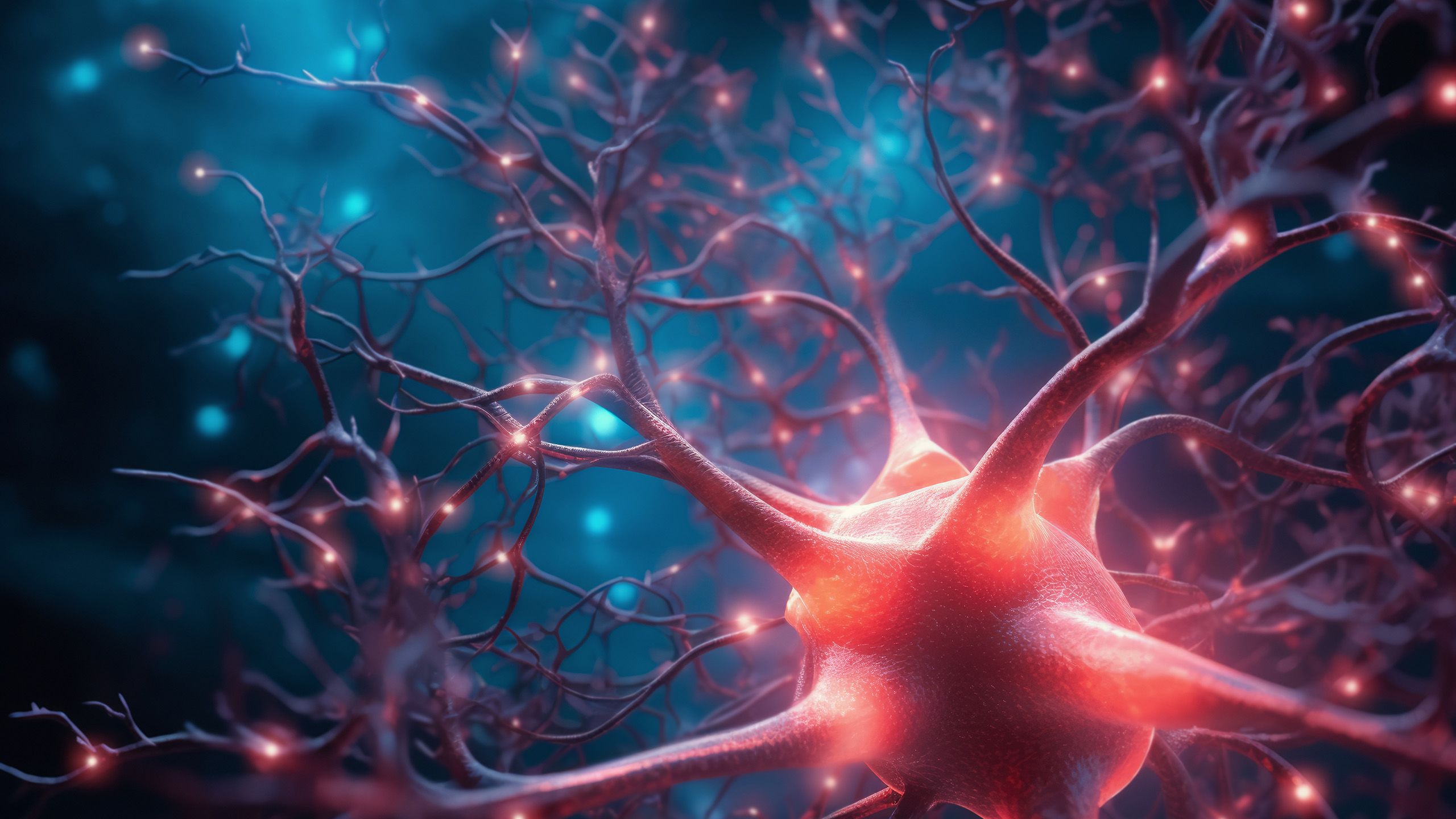
Three companies, Astex Pharmaceuticals, Eisai Ltd and Eli Lilly and Company, are joining forces with research scientists across Cambridge to explore promising new approaches to the treatment of neurodegenerative disease.
When unwanted material builds up in our cells, our bodies generally take care of it using a process known as autophagy - which literally translates as ‘self-eating’.
Autophagy is normally carefully controlled so that it removes damaged proteins and keeps cells healthy. One feature of neurodegenerative diseases such as Alzheimer’s and Parkinson’s is that damaged proteins build up in the brain — ultimately destroying nerve cells. What if we could get rid of these proteins by switching on the body’s own mechanism for clearing out its cellular trash? Could this lead to breakthrough treatments for these devastating conditions?
That is the challenge a group of research scientists and industry partners in Cambridge has set itself, in a groundbreaking model of pre-competitive collaboration led by the University’s Milner Therapeutics Institute.
The Milner Institute’s Deputy Director, Dr Kathryn Chapman, explains the rationale for setting up this new Consortium project: “Finding new treatments for neurodegeneration is a mammoth challenge. Everyone recognises it to be a vitally important target for drug discovery, but it is such a complex area that it is hard for companies to make significant progress on their own.”
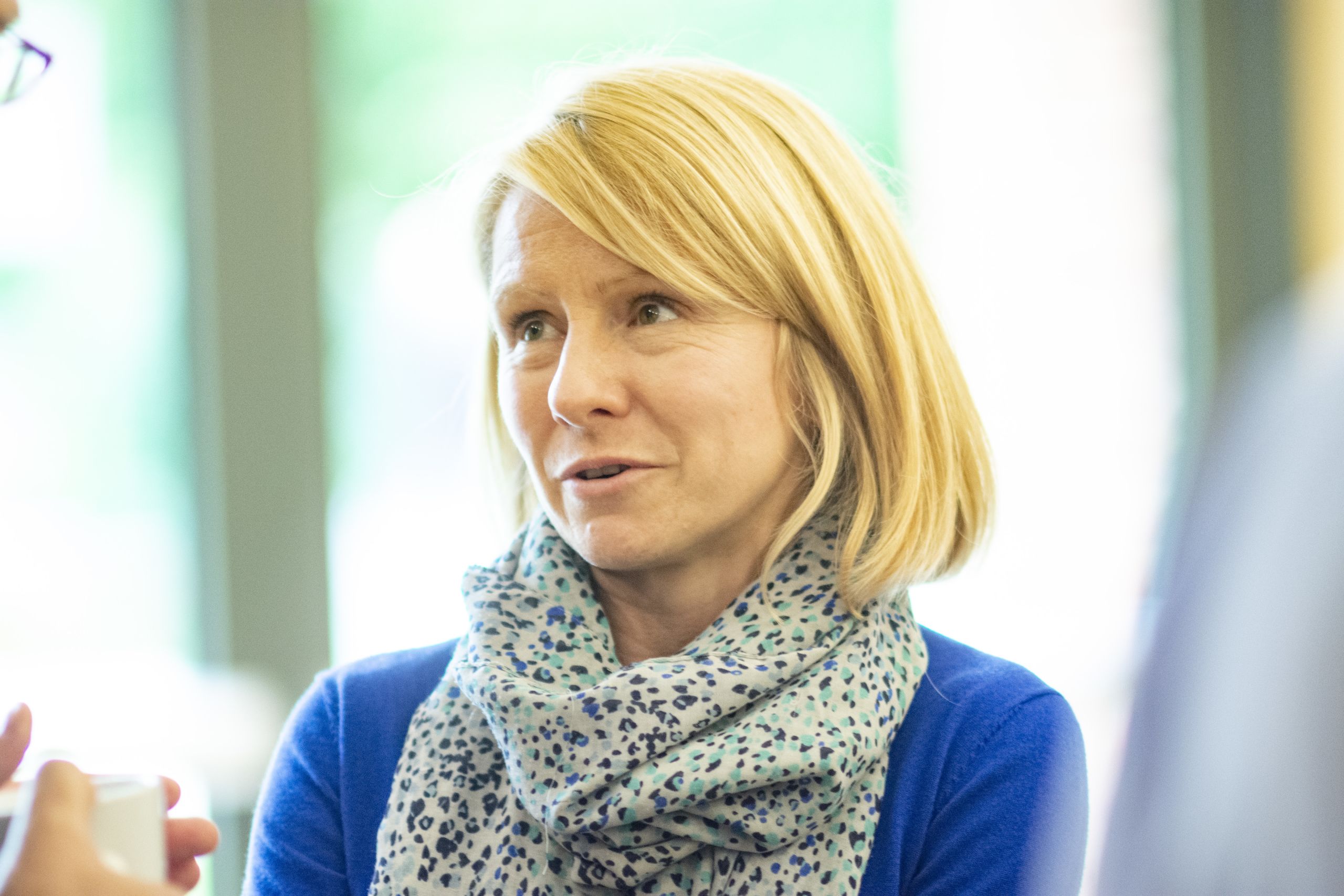
Dr Kathryn Chapman, Milner Therapeutics Institute
Dr Kathryn Chapman, Milner Therapeutics Institute
Chapman and colleagues felt that the Milner Institute could play an important convening role, bringing together academic and industry experts to make real progress in translating the basic science into a better understanding of the different kinds of therapeutic interventions that might be possible - and effective.
Getting the right people in the room
The approach is all about bringing the right people, know-how and experience together. In this case, that meant not only experts from different companies but also research scientists from different institutions across Cambridge.
One of these is world authority on autophagy, Dr Nicholas Ktistakis from the Babraham Institute. "The pathway is already well understood," he explains. “It has been studied for many years in terms of the basic science but whether it can be mobilised to treat disease, that’s more of an open question - and one that we are trying to answer together."
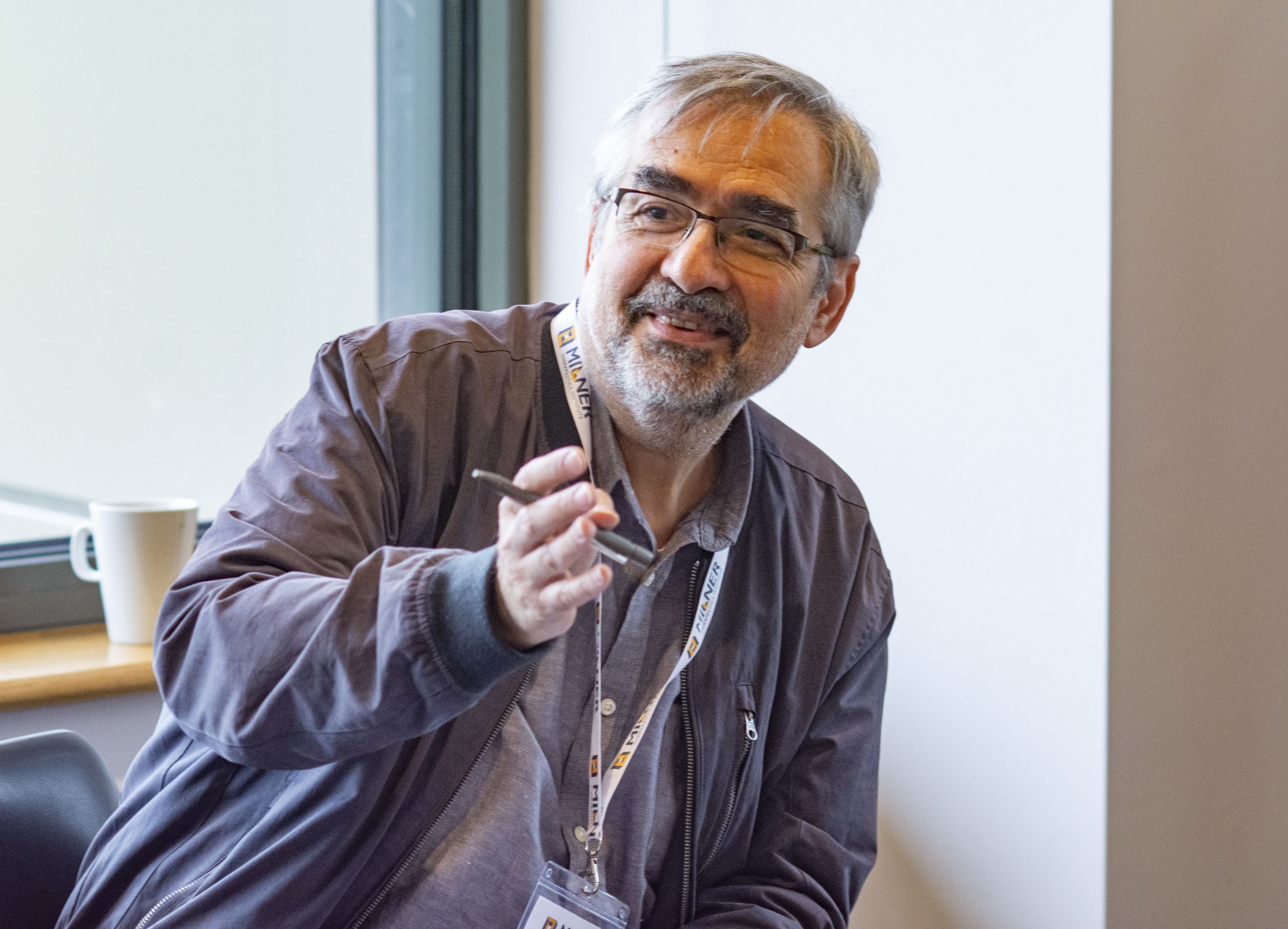
Dr Nicholas Ktistakis, Babraham Institute
Dr Nicholas Ktistakis, Babraham Institute
Working alongside Ktistakis is Dr Alex Whitworth from the MRC-Mitochondrial Biology Unit in the University’s School of Clinical Medicine. Whitworth is an expert in mitophagy, a form of autophagy affecting mitochondria, which plays a critical role in cellular life and death.
Expertise in early-stage drug discovery and target validation for dementia is provided by the third research partner, the ALBORADA Drug Discovery Institute, part of the Alzheimer’s Research UK Drug Discovery Alliance, also based in the School of Clinical Medicine. Its involvement in the consortium is led by Chief Scientific Officer, Dr John Skidmore, who is hugely supportive of the collaboration: "Clearly, autophagy is an area of great therapeutic interest in which everyone is asking more or less the same questions. It seems ideally suited to this kind of collaborative approach."
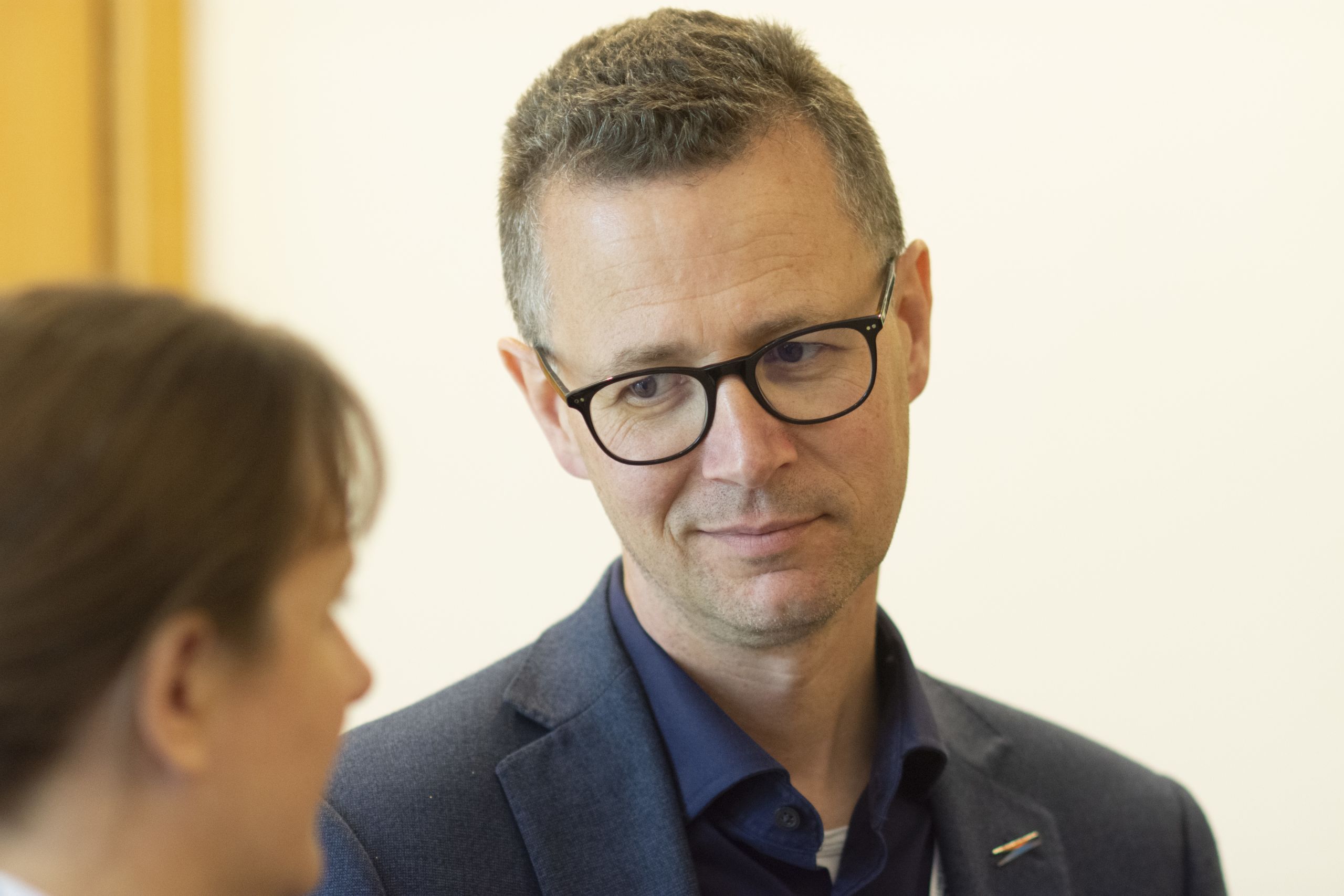
Dr John Skidmore, ALBORADA Drug Discovery Institute
Dr John Skidmore, ALBORADA Drug Discovery Institute
When Alzheimer’s Research UK established the Drug Discovery Alliance it did so with collaborative intent. The Alliance's Director of Research, Dr Susan Kohlhaas sees real benefits to a model where universities, corporations and charity work together: “The ALBORADA Drug Discovery Institute puts industry experts in an academic setting, with their work made possible by the charitable ALBORADA Trust."
"By uniting expertise, we can help get treatments to people with dementia sooner. For more than a million people in the UK living with a neurodegenerative disease, this can’t be soon enough."
For Ktistakis at the Babraham Institute, one of the major benefits of the collaborative model is in being able to reproduce results. "A huge problem in drug discovery efforts," he explains, "is that often when someone discovers something, no-one else is able to replicate their findings. Here we have three different labs, all bringing very specific expertise to the problem, making sure we are talking to each other at every step of the way, checking that we can see what the other labs are seeing.”
In partnership with industry
The other critical dimension of this collaboration is the involvement of three pharmaceutical companies: Astex, Eisai and Eli Lilly and Company. These companies all bring deep knowledge from their own research programmes in neurodegeneration.
Peter Atkinson, Head of External Innovation, Neurology Business Group at Eisai, explained why they were so keen to be involved: “Companies have been trying to harness endogenous clearance pathways for years but it’s a very complex area. There are so many different ways in which you can modulate the pathway.
"Because autophagy takes place throughout the whole body, you need to be sure that if you switch it on to correct something in the brain, you don’t inadvertently cause problems elsewhere.”
“What we like about this approach is that by sharing knowledge and resources, we are de-risking the effort and harnessing both academic expertise and robust, industry-standard evaluation and validation processes.”
Nicola Wallis, Senior Vice President Biology at Astex Pharmaceuticals agrees: “This is a really interesting development for us. We have worked with the Milner Institute before but not with other pharma companies. The difference with this initiative is that we can all use the results and explore individual areas on our own going forward. As companies, we will be more interested in some areas than others. So this is very much a win, win.”
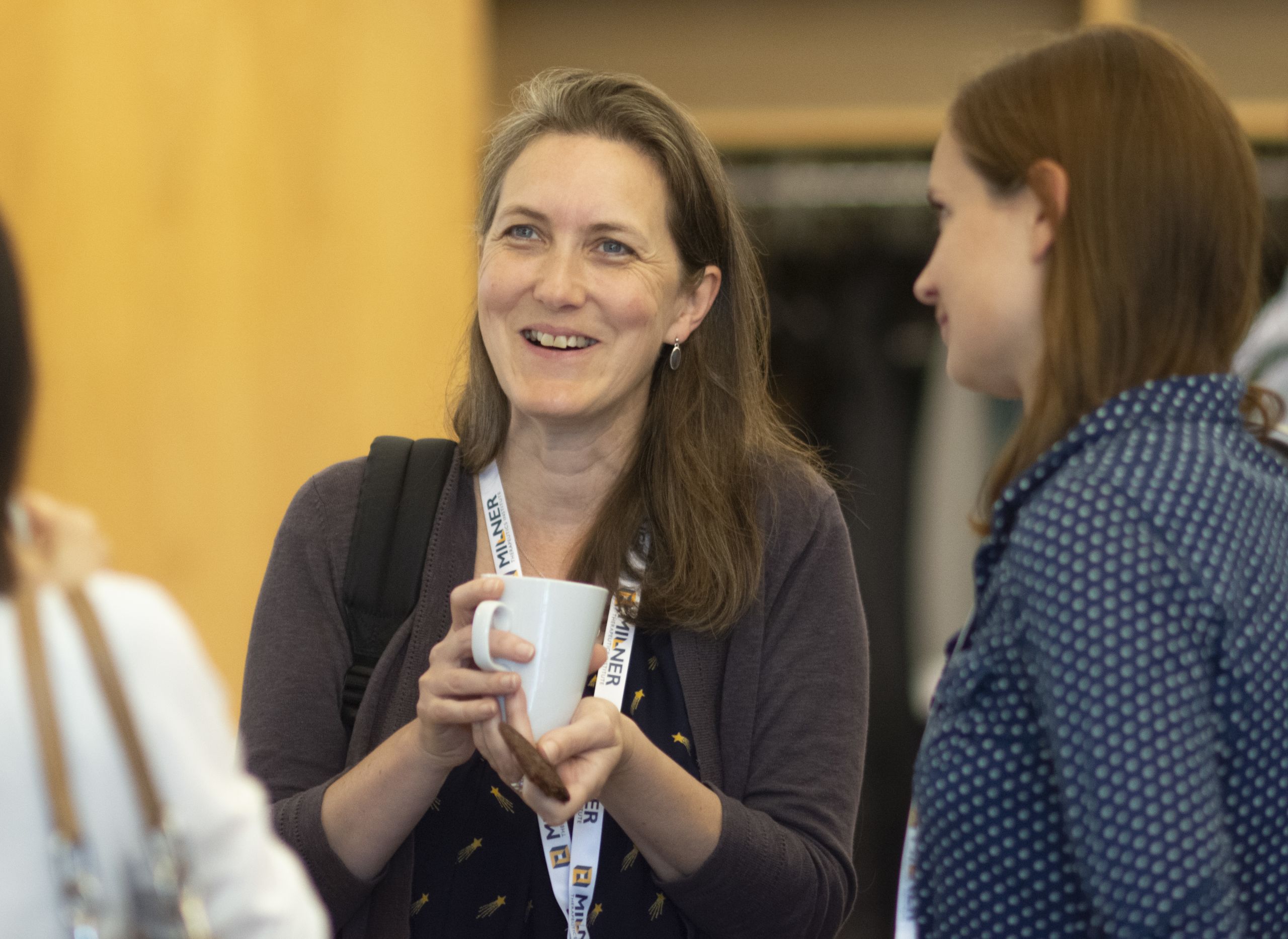
Dr Nicola Wallis, Astex Pharmaceuticals
Dr Nicola Wallis, Astex Pharmaceuticals
Research Advisor at Eli Lilly and Company, Fiona Menzies, is excited to see the data that is generated from this collaboration, confident "that it will deliver unique insights into this important area of biology that would not be achieved by any one of us working alone."
The role of the Milner Therapeutics Institute
It all started in 2019, when the Milner Institute organised a ‘sandpit’ to which researchers and companies were invited to brainstorm around the broad topic of neurodegeneration. Jeremy Carmichael, Senior Vice President, Corporate Development, at Astex described how “the sandpit really struck a chord with people. It was an exciting topic which immediately got real traction.”
This was echoed by Chapman who could see the potential for a collaborative approach: “The group quickly became more than the sum of its parts. The power of all these different minds working on the same problem was spectacular.”
Having created a huge amount of interest with the sandpit, Chapman and team were determined to capitalise on the obvious appetite for collaboration. However, creating a consortium of organisations that don't usually work together is not a task for the fainthearted.
For Eisai's Peter Atkinson, the Milner Institute's role has been critical in getting the project off the ground, through its tireless efforts to "broker the relationships, broker the science and broker the contracts.”
"It deserves huge credit," agrees Menzies, "for identifying the need for enhanced collaboration in this area, and then, not only taking the initiative to bring together a diverse group of interested parties but ultimately making this project happen."
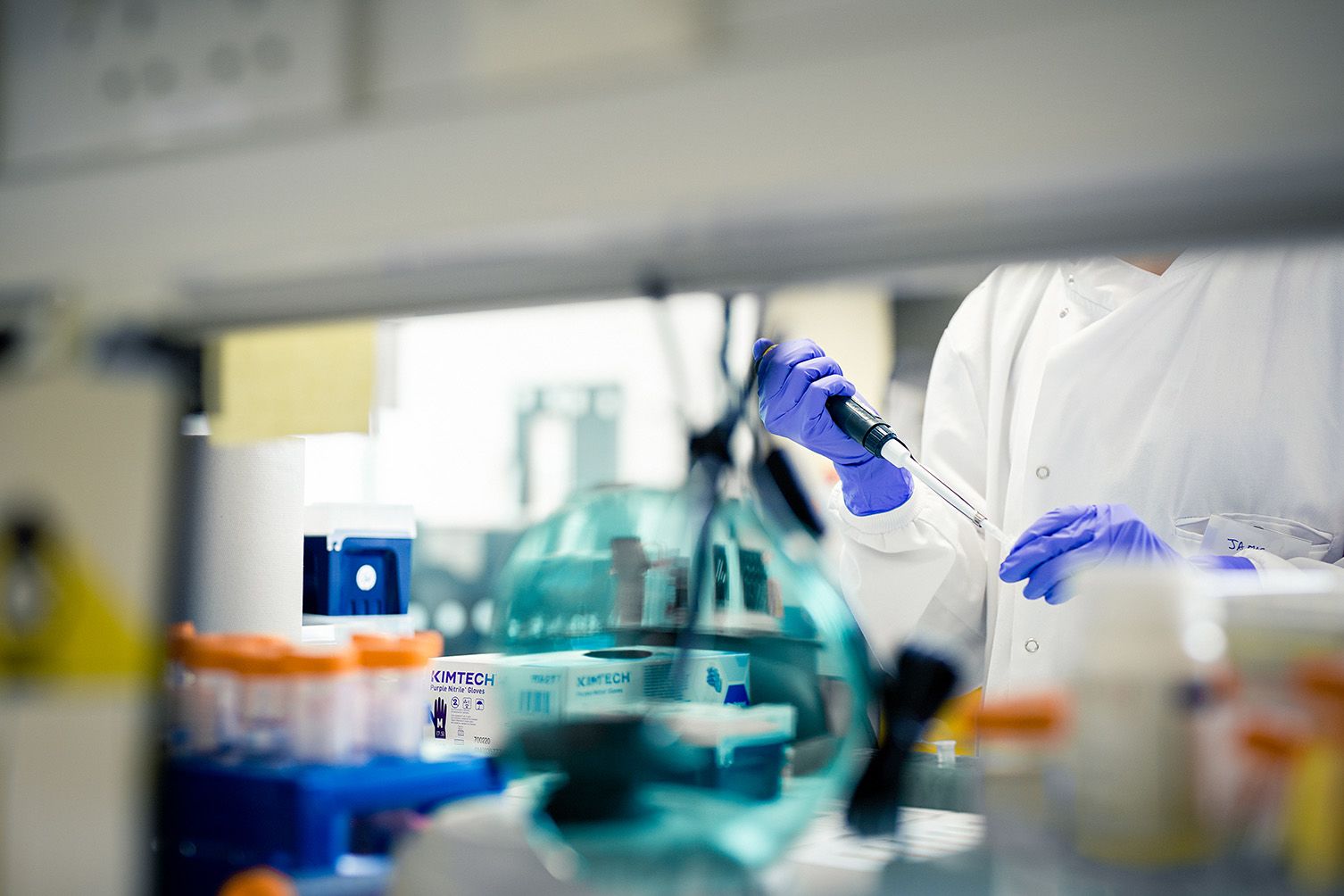
Where next?
Over the next two years, the aim is to make real progress in understanding the molecular pathways controlling autophagy and which of the possible treatment targets have the most potential. "Our hope," says Chapman, "is that some new targets for drug discovery can be taken forward into clinical development by one or more of the companies."
Meanwhile the Milner Therapeutics Institute plans to build on this success and set up multi-company projects with other partners in the Consortium, which now includes 10 pharma companies. It has recently issued a call for more ideas for collaboration between researchers and industry, in a wide range of disease areas including cancer, neuroscience and infectious diseases.
"We can see the power of collaboration," says Chapman, "and want to apply it to other areas where there are opportunities to make real progress in developing new treatments."
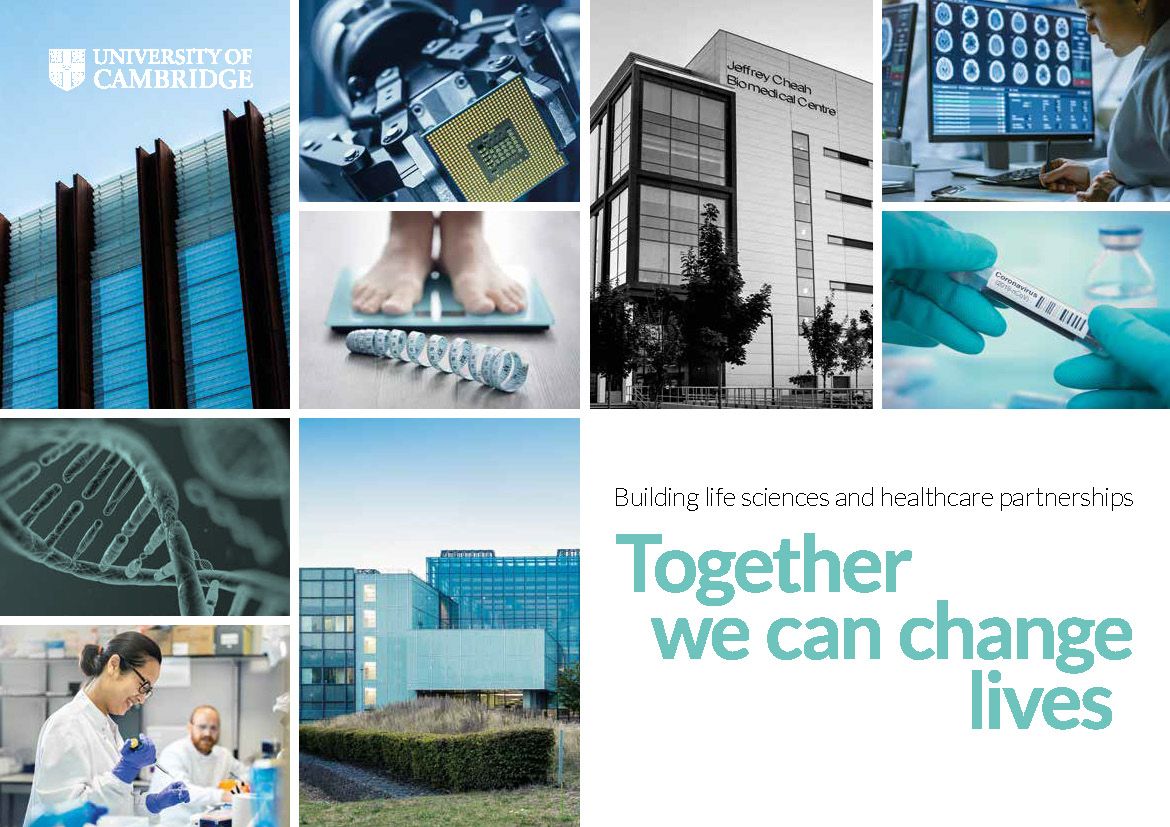
Find out more about how Cambridge works with its life sciences partners here.
Images
Top: Conceptual image of human nervous system. Credit: ktsimage, Getty
All other images: University of Cambridge
